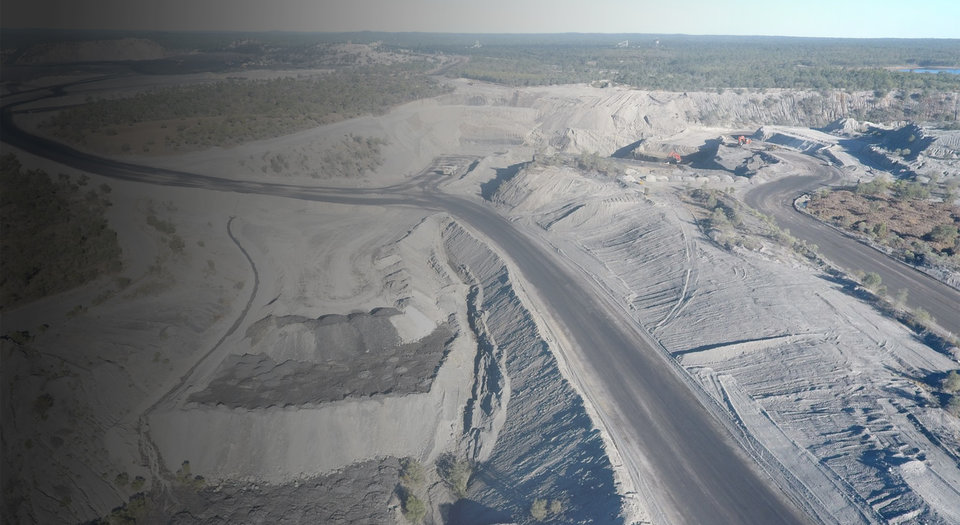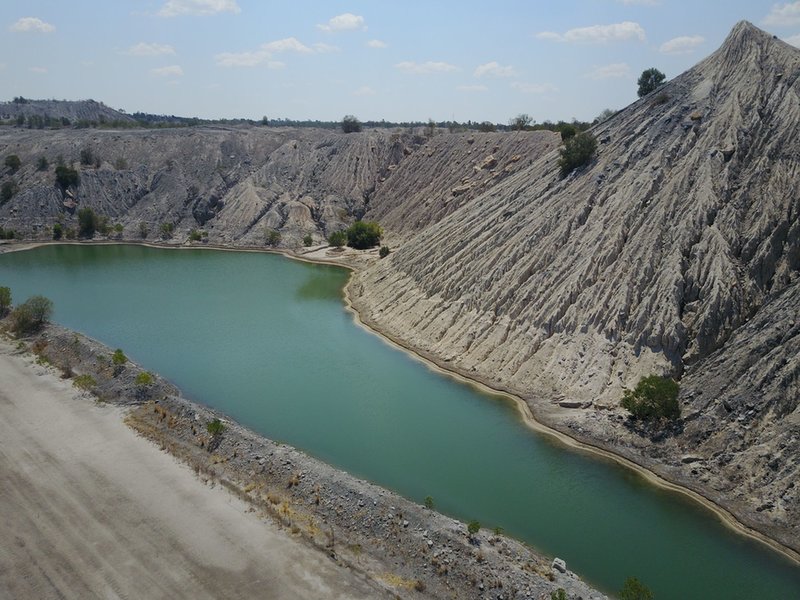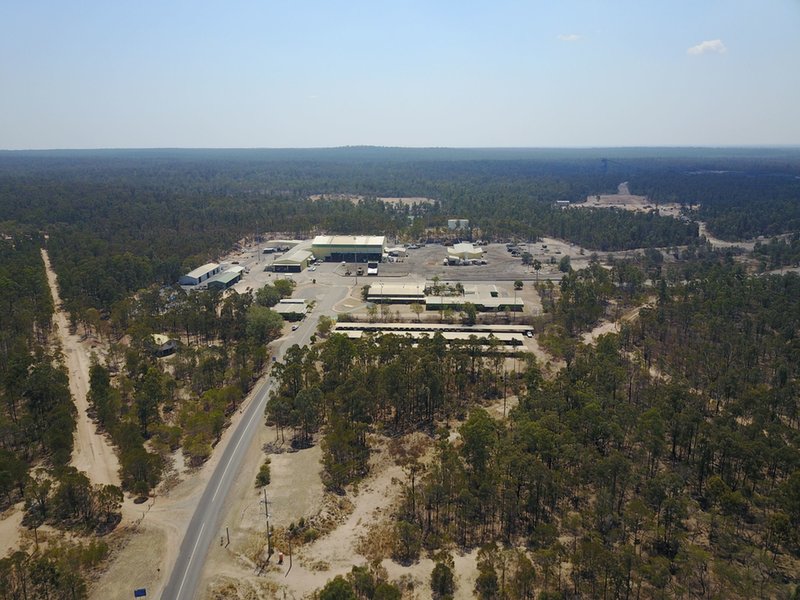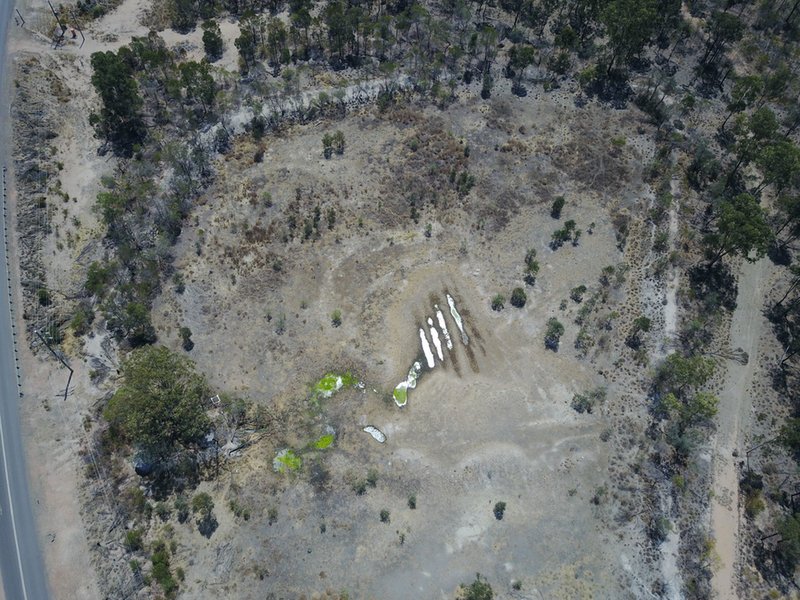COMPANY INSIGHT
Sponsored by Aspect Environmental
What happens when Regulations change?
Appreciation of the effect of changing regulations enables mine operators to proactively assess and respond to their relative exposure. A proactive response enables the operator to retain control of change processes in advance of a regulatory direction enforcing the change, the resource demand and the timeframe.
By way of example, Aspect Environmental looks at the requirements of the NSW Mining Amendment (Standard Conditions of Mining Leases – Rehabilitation) Regulation 2020 and how operators can respond and retain process control.

A
ppreciation of the effect of changing regulations enables mine operators to proactively assess and respond to their relative exposure.
A proactive response enables the operator to retain control of change processes in advance of a regulatory direction enforcing the change, the resource demand and the timeframe.
By way of example, Aspect Environmental looks at the requirements of the NSW Mining Amendment (Standard Conditions of Mining Leases – Rehabilitation) Regulation 2020 and how operators can respond and retain process control.
The amendment to the NSW Mining Regulation 2020 will prescribe new standard mining lease conditions relating to mine rehabilitation under the NSW Mining Act 1992.
These new conditions will replace existing rehabilitation conditions on current mining leases and will be added to new mining leases. Mining lease conditions are additional to development consent conditions.
Progressive rehabilitation, rehabilitation risk assessment, annual reporting and detailed rehabilitation management planning will be required through the new mining lease conditions.
Leaseholders will need to prepare:
- rehabilitation risk assessments
- rehabilitation objectives
- rehabilitation completion criteria
- annual rehabilitation reports and forward programs
- rehabilitation management plans and final landform and rehabilitation plans (for large mines).
Transitional arrangements for existing mines will allow time for leaseholders to prepare for the new requirement within the following timeframes:
- for existing large mines - 12 months
- for small existing mines – 24 months
- for any other mining lease on the date the lease is granted

What needs to be covered in the risk assessment?
The reforms require the lease holder to conduct a rehabilitation risk assessment. The risk assessment must identify and evaluate all potential risks to achieving:
- the rehabilitation objectives,
- rehabilitation completion criteria and, for large mines,
- a final landform and rehabilitation plan.
The risk assessment must also outline the specific measures that will be implemented to minimise and mitigate those risks. For all mines, the rehabilitation risk assessment informs the forward program. For large mines, the results of the rehabilitation risk assessment will also inform the rehabilitation management plan.

Performance Evaluation
If the risk assessment is not conducted or is found to be lacking, regulator action using enforcement powers would be taken to ensure that the risk assessment is amended to address the issues identified. The control of corrective response timing would then shift from the operator to the regulator.
Whilst lease holders are not required to submit the rehabilitation risk assessment for approval, it is subject to additional formal review under development consent compliance reporting and independent auditing conditions. Lease holders must keep appropriate records that document the rehabilitation risk assessment, including how it has been reviewed and updated over the life of the operation and demonstrate its progressive implementation.
Businesses operating under the Mining Act 1992, Mineral Resources Act 1989, development consents or undertaking a scheduled activity/environmentally relevant activity, are required to periodically report on compliance performance and are subject to external independent/3rd party audits. The scope of these performance reviews typically includes:
- An assessment of compliance with Conditions of Consent and other relevant approvals and licences (i.e. lease, licence and authority conditions);
- An assessment of environmental performance of the development, including:
– An assessment of actual impacts compared to predicted impacts documented in the environmental impact assessment;
– An assessment of incidents, non-compliances and complaints that have occurred on the project;
– An assessment of feedback received from the Department, and other agencies and stakeholders; and
– An assessment of the performance of the development having regard to agency policy and any particular environmental issues identified through consultation carried out when developing the scope of the audit.
- Identification of the status of implementation of previous audit findings;
- A high-level review of the Project’s environmental management system (EMS);
- A high-level assessment of the adequacy of the Project’s environmental management plans and sub-plans; and
- Any other matters considered relevant (e.g. as identified through consultation with relevant agencies and review of complaints registers).
Under these evaluation processes, the findings and any nominated corrective actions are outside of the direct control of the operator. Finding outcomes can include notices/records of breach, enforced undertakings, adjustment to conditions and financial penalties.
To avoid surprises and retain operator control of response actions, performance review outcomes are best managed internally in advance of regulatory review.

Business Response
To avoid regulatory actions on 3rd party assessed rehabilitation performance (and general environmental management) a gap analysis is recommended to inform the required transitional actions required in advance of regulator review. Such a process:
- Enables negotiation with regulators from an informed position;
- Provides confidence in resource and financial planning; and
- Retains operator control for timing of corrective actions.
Engaging Aspect to assist in this process provides an objective review of performance and regulatory requirements to support internal review processes. Additional assurance is provided through Aspect’s provision of former NSW Mines Inspectors (under the Mining Act) with direct experience in:
- writing State guidelines, policy, legislation and conditions of authority;
- conducting regulatory audits and rehabilitation security reviews; and
- Aspect itself being a mine operator overseeing and delivering mine rehabilitation on the ground.
Your organisation outcomes are supported by an experienced team of environmental planners, scientists and managers to assist you with the new amendment and any other compliance requirements.

What to do next
Any non-compliance represents a potential lag in project delivery, unplanned resource allocation and ultimately a non-budgeted cost/liability.
To retain control there are three steps to reduce risk, enable certainty of outcomes and enhance stakeholder confidence:
- Review the regulatory amendments
- Identify your rehabilitation status
- Contact Aspect Environmental to assist in defining and removing risk.
Leaving performance evaluation in the hands of a regulator creates an unnecessary exposure for your business. Early action provides significant business surety and continuity.
Click here to view mining projects Aspect have been involved in.
http://aspectenvironmental.com.au/project/mine-closure-plan-hillgrove-resources/
http://aspectenvironmental.com.au/project/blair-athol-mine-independent-environmental-audit/
Contact information
Aspect Environmental
Suite 117 / 25 Solent Circuit
Baulkham Hills
NSW 2153
